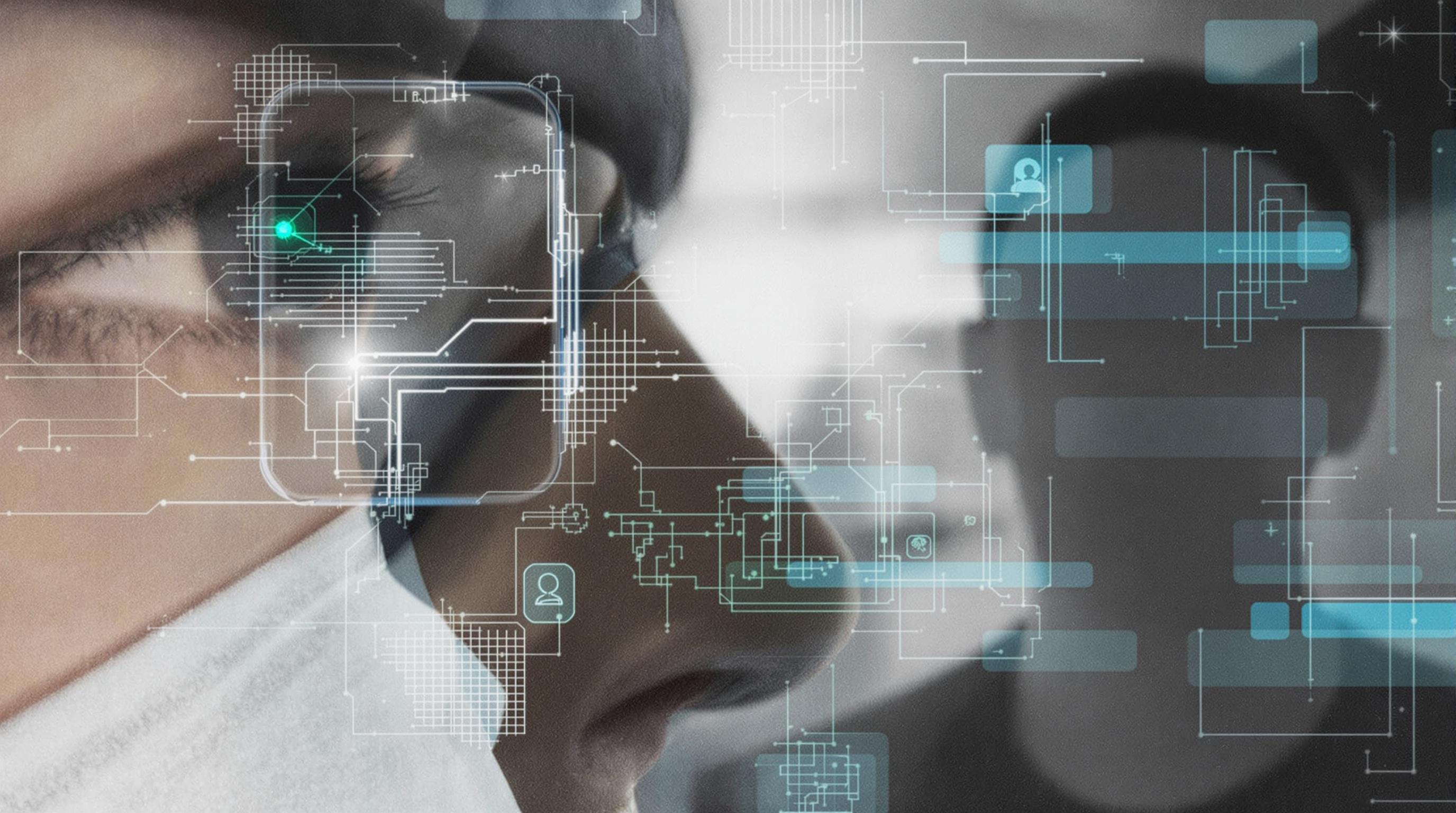Related Articles
- 7 Game-Changing Encrypted Messaging Apps Released Since 2019 That Redefine User Control
- Exploring Quantum Entanglement as a Future Layer of Protection for Connected Devices in Decentralized Networks
- Top 7 Privacy-Focused Cloud Backup Services Released Since 2019 That Redefine Data Control
- Exploring Psychological Barriers That Prevent Wider Adaptation of Dual Verification in Everyday Tech Use
- Top 6 Privacy-Focused Browsers from the Last Five Years That Outpace Giants in Speed and Security
- 6 Lesser-Known Identity Protection Gadgets From the Last Five Years That Actually Outperform Popular Brands
6 Revolutionary Identity Recovery Techniques Disrupting Standard Protocols for Personal Data Restoration Since 2019
6 Revolutionary Identity Recovery Techniques Disrupting Standard Protocols for Personal Data Restoration Since 2019
6 Revolutionary Identity Recovery Techniques Disrupting Standard Protocols for Personal Data Restoration Since 2019
1. Biometric Multi-Factor Authentication
Since 2019, biometric multi-factor authentication (MFA) has redefined identity recovery by blending fingerprint scans, facial recognition, and voice verification. This technique eliminates reliance on passwords, which are vulnerable and often compromised. Users verify identity through physical traits that are unique and nearly impossible to replicate.
The process speeds up data restoration, allowing swift re-entry to personal accounts without traditional security questions or code-based resets. Banks and data services increasingly prefer biometrics due to their high accuracy and low false acceptance rates. According to a 2022 report by Gartner, biometric MFA reduced identity fraud by 40% in serviced industries.
Critics raise privacy concerns, but ongoing encryption and decentralization of biometric data help mitigate risks. This technique has shifted standard protocols, setting a new benchmark for secure, user-friendly identity recovery.
2. Decentralized Identity Management (DID)
Decentralized Identity Management disrupts centralized, vulnerable databases by placing control in users' hands. Introduced widely post-2019, DID uses blockchain and distributed ledger technology to store identity data securely off centralized servers. Users manage digital identities with cryptographic keys, reducing exposure to mass breaches.
DID enables seamless identity recovery by validating credentials against private keys rather than relying on a single provider's verification system. The technology enhances privacy while facilitating cross-platform identity restoration. The World Economic Forum in 2020 noted DID as a cornerstone for future digital identity frameworks.
Its decentralized nature delivers resilience against cyberattacks and government surveillance. As a result, traditional recovery methods face obsolescence in sectors embracing DID for personal data restoration.
3. Artificial Intelligence for Behavioral Biometrics
AI-driven behavioral biometrics analyze mouse movements, typing patterns, and navigation habits to verify users during identity recovery. Operating continuously, this method creates a behavioral profile that complements static identifiers. Since 2019, it has gained traction in fraud detection and account restoration.
During data recovery processes, AI flags anomalies with precise accuracy, preventing unauthorized access. The technology learns and refines user behavior over time, reducing false positives and streamlining user experience. A 2021 study from MIT highlighted AI biometrics' potential to cut identity theft by 35% in financial services.
However, implementation requires balancing user privacy and data collection. Despite this, behavioral biometrics represents an innovative layer that disrupts traditional password-reset protocols.
4. Self-Sovereign Identity Systems
Self-sovereign identity (SSI) frameworks empower individuals to own and control their digital identities independently. Coming into prominence post-2019, SSI allows identity recovery without intermediaries by utilizing cryptographic proofs and personal data vaults. Users present verifiable credentials to verify identity on demand.
SSI reduces dependency on centralized authorities prone to failure or compromise. It simplifies identity restoration by enabling secure, direct user control over recovery data. The Linux Foundation's 2022 report asserts SSI as transformative for personal data sovereignty and recovery efficiency.
This approach aligns with privacy regulations like GDPR, enhancing user autonomy. SSI techniques continue disrupting legacy protocols by eliminating third-party gatekeepers in identity recovery.
5. Quantum-Resistant Cryptography
Anticipating future threats, quantum-resistant cryptography has been integrated into identity recovery tools since 2019. Standard encryption algorithms become vulnerable to quantum computing's power. Quantum-resistant methods employ complex maths like lattice-based cryptography to secure identity keys.
This innovation ensures long-term protection of recovery credentials during transmission and storage. Identity recovery platforms deploying these algorithms remain robust against emerging cyberattacks. The National Institute of Standards and Technology (NIST) started endorsing such cryptography in 2022, emphasizing its critical role.
While still in early adoption stages, quantum-resistant cryptography is shifting protocol design to future-proof personal data restoration ecosystems.
6. AI-Powered Identity Verification Chatbots
Interactive AI chatbots have taken identity recovery beyond conventional manual support. These chatbots, equipped with natural language processing, guide users through identity restoration, verifying identity along the way using integrated biometric and behavioral data.
Post-2019 deployments have demonstrated faster resolution times and improved user satisfaction. Chatbots reduce human error and phishing risks by maintaining controlled, automated dialogues with users. Gartner's 2023 AI trend report shows a 50% decrease in recovery time where AI chatbots are utilized.
This advancement disrupts traditional call-center reliance, positioning AI chatbots as frontline agents in personal data restoration protocols.
Conclusion
Since 2019, identity recovery techniques have undergone a revolutionary transformation driven by biometrics, blockchain, AI, and cryptographic advancements. These six methods—biometric MFA, decentralized identities, behavior-based AI, self-sovereign identity, quantum-resistant encryption, and AI chatbots—challenge and redefine legacy protocols.
Their adoption addresses security, privacy, and efficiency concerns endemic to traditional recovery systems. Each method tackles vulnerabilities uniquely while providing scalable, user-centric solutions for personal data restoration.
As digital identity landscapes evolve, these innovations establish new standards, ensuring that restoring personal data moves beyond outdated procedures toward a robust, secure, and autonomous future.




